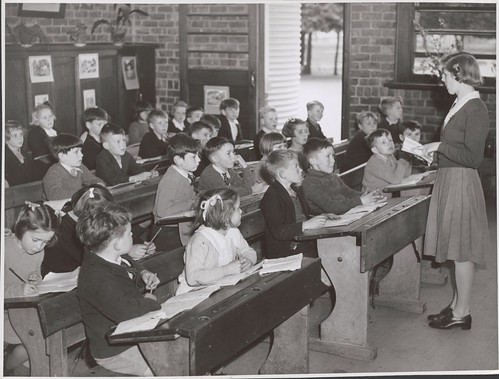In our workshop on Tuesday we were split into four groups and given a resource pack. The aim of the task was to use the resources given to create something that we felt would benefit first years in their first week at university. We were given ten minutes to plan an idea which we would then present to the rest of the class. Our idea was a pencil case that’s outside had a map of campus on and the inside would be full of essential stationary and general instructions that would be helpful to new students. These included, how to use the washing machine, a map of the Dalhousie building and how to take a book out of the library. After we presented this to the class, the tutor gave us lots of feedback and explained what we could do differently to make our idea better. We were then given a further ten minutes to make a prototype of our pencil case and again we would present this to the class and show them how it worked. During this time, the tutor kept coming over to our group and gave us lots of suggestions on what we could add or change to our design. This initially made me think that she was testing us to see whether we would stick to our original plan or do as she said and change things about it.
When it came to presenting the ideas to the class I did notice a few things the tutor was doing that was odd but just shrugged it off. For example, during one of the other groups presentations she went to close a window and looked out of it for a little while before returning to watch. I thought this was rude but assumed she was just cold and otherwise would have stayed where she was. This I now see as me being naive to her actions when really, I should have questioned it.
When the tutor explained to us what she had been doing, I felt bad that I did not notice how differently the other groups were being treated. I was so interested in planning and making our idea that I never noticed that some groups only had a piece of paper and a couple of post-its to work with. The task made me realise how easy it is to be oblivious to someone being discriminated against because of inequalities, especially if you have more than the others involved. Going forward, I will make a conscious effort to ensure that this is no longer the case.
The General Teaching Council for Scotland’s (GTCS) ‘Standards for Professional Registration’, state that as a teacher I must be, “Committing to the principles of democracy and social justice through fair, transparent, inclusive and sustainable policies and practices in relation to: age, disability, gender and gender identity, race, ethnicity, religion and belief and sexual orientation.” This means that I must ensure that every child in my care, no matter their background, is treated equally and is supported in achieving their fullest potential in ways that suit everyone’s personal needs. The GTCS also states that as a teacher I must be, “Critically examining the connections between personal and professional attitudes and beliefs, values and practices to effect improvement and, when appropriate, bring about transformative change in practice.” This means that once I step into a professional environment I must leave all personal opinions behind to ensure that everyone in my company is treated with the same respect and that no one is treated differently. This is especially important in school as a child may not be achieving their fullest potential due to being told they are not good enough or feeling ignored. This is also important as a teacher, so I can build trusting relationships with pupils and other professionals and to gain respect from those around me. This task has opened my eyes to the effects social inequality can have on individuals and how important it is that I recognise this and act on it throughout my career.
Reference: The General Teaching Council for Scotland, (2012), The Standards for Registration: mandatory requirements for Registration with the General Teaching Council for Scotland, [online], http://www.gtcs.org.uk/web/FILES/the-standards/standards-for-registration-1212.pdf , Accessed 23rd September 2018


